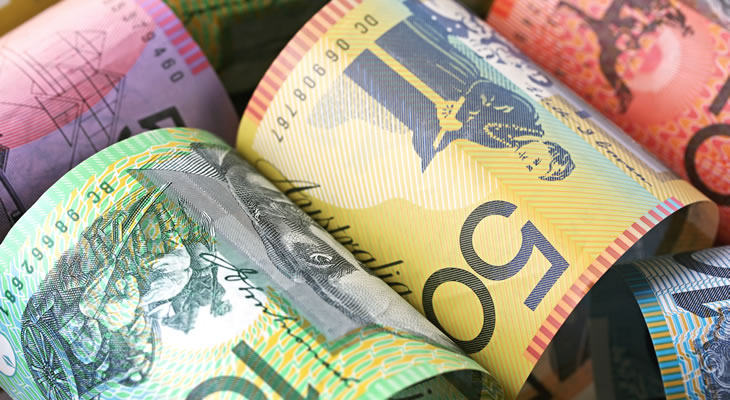On Tuesday’s trading session, the Pound has fallen by -0.2% against the Australian Dollar; this puts the pairing down to a rate of 1.6927.
In a repeat performance, the Pound has been devalued by a poor UK PMI reading. After Monday saw a manufacturing slowdown, Tuesday brought news that the UK construction sector has contracted.
This has sparked fears about the UK housing supply, which is already straining from high prices and high demand.
(Last updated October 2nd, 2017)
The Pound has worsened against the Australian Dollar on Monday’s trading session, falling by -0.8% in the pairing. This GBP weakness has been caused by growing concerns about the outcome of future PMI readings.
Some have estimated that the UK services, construction and composite PMIs will all decline this week, which may serve as a triple blow against the Pound.
(First published October 2nd, 2017)
At the start of the week, the Pound has dropped by -0.3% against the Australian Dollar. This comes ahead of a key UK services PMI reading, which may significantly alter the current exchange rate.
Pound could tumble if UK Services Sector Slows
Looking to the future, the Pound may decline sharply if the UK services sector shows slowing activity.
Services, which include tourism and financial services, is the largest of the UK’s economic sectors. For this reason, rising activity is especially important.
A reading of services activity is due shortly, out on the morning of October 4th. At the time of writing, estimates were for no change at 53.2 points.
For context, a reading below 50 points indicates contraction; given that the hot summer months are now past, it is possible that services readings for the rest of the year will show a dip into the sub-50 range.
In such a case, the Pound could drop sharply against the Australian Dollar and other regular peers.
Australian Economic Outlook: Hints of Upcoming Interest Rate Hike could Strengthen AUD
The Australian Dollar has the potential to recover against the Pound in the future, depending on the actions of the Reserve Bank of Australia (RBA).
The RBA can adjust its interest rates (known as the Official Cash Rate) as it sees fit; higher interest rates usually trigger Australian Dollar rallies.
For this to happen, however, conditions need to be right. For Australia this means low unemployment, rising wages and high inflation.
While the RBA is not expected to commit to higher interest rates immediately, the bank’s ‘shadow board’ believes that there could be a hike within six months.
The shadow board is composed of notable economists, as well as former officials from the RBA. On the matter of interest rates, Shadow Board member Paul Bloxham said;
‘What’s becoming increasingly clear this month is that the shadow board thinks that the next move for interest rates is likely to be up and, more likely than not, it will be within the next six months.
Our own view is that the economy will be in a position by the early part of next year where the RBA will probably consider that it will need to start normalising its cash rate’.
If RBA officials imply that higher interest rates could be incoming, the Australian Dollar may progressively strengthen against the Pound.
Recent Interbank GBP AUD Exchange Rates
At the time of writing, the Pound to Australian Dollar (GBP AUD) exchange rate was trading at 1.7043 and the Australian Dollar to Pound (AUD GBP) exchange rate was trading at 0.5866.


Comments are closed.